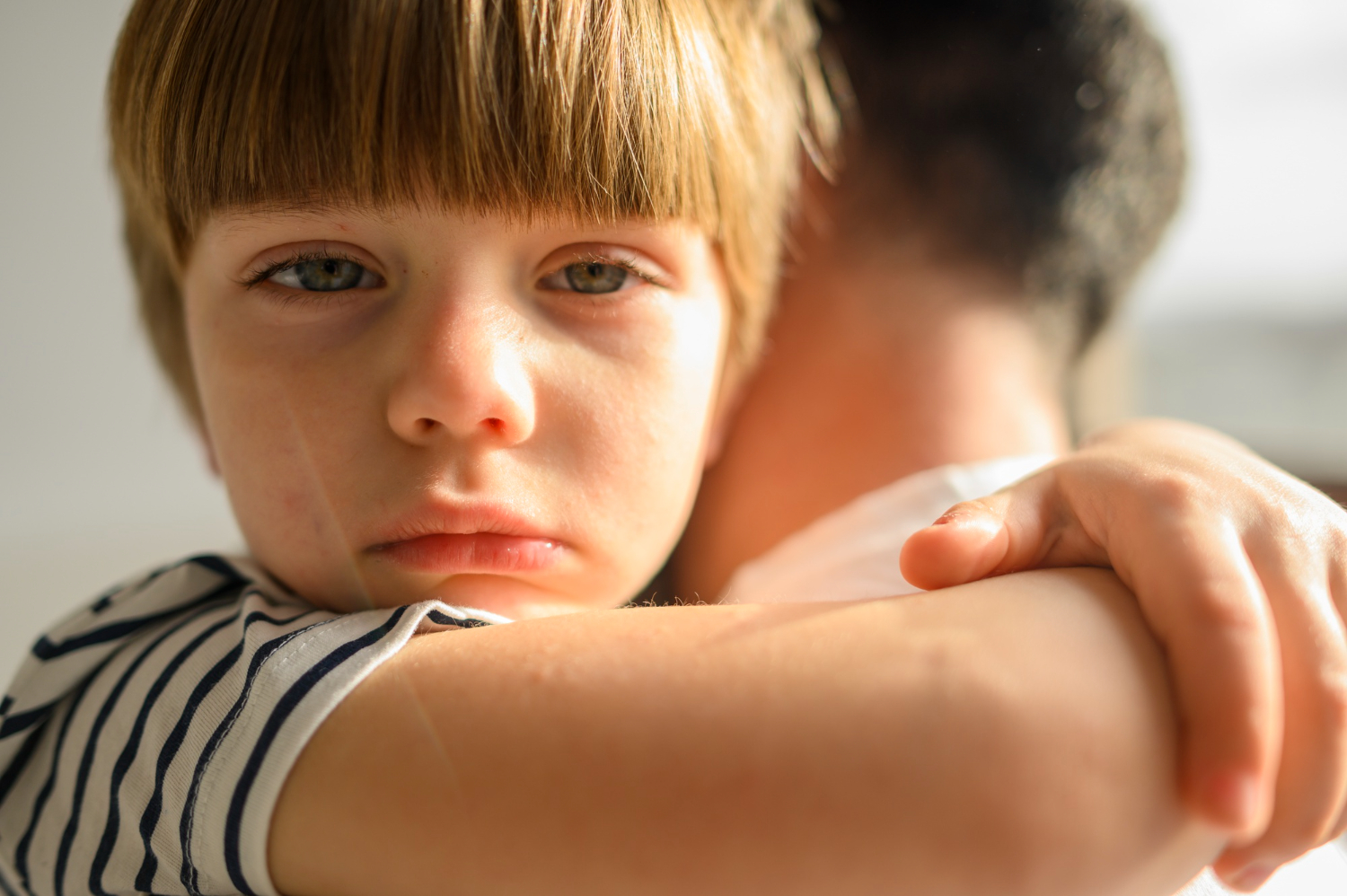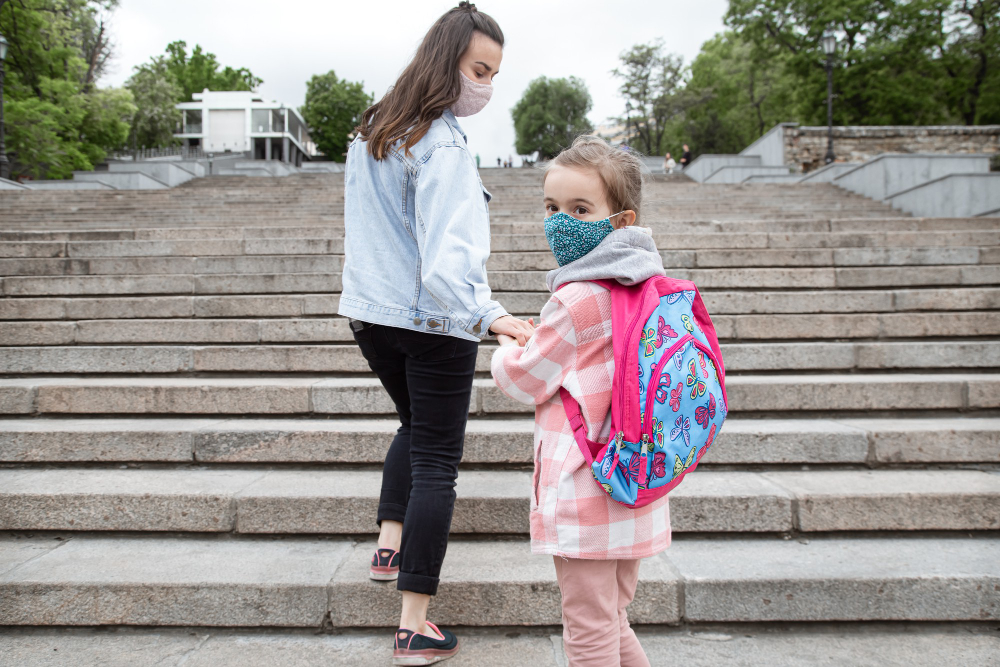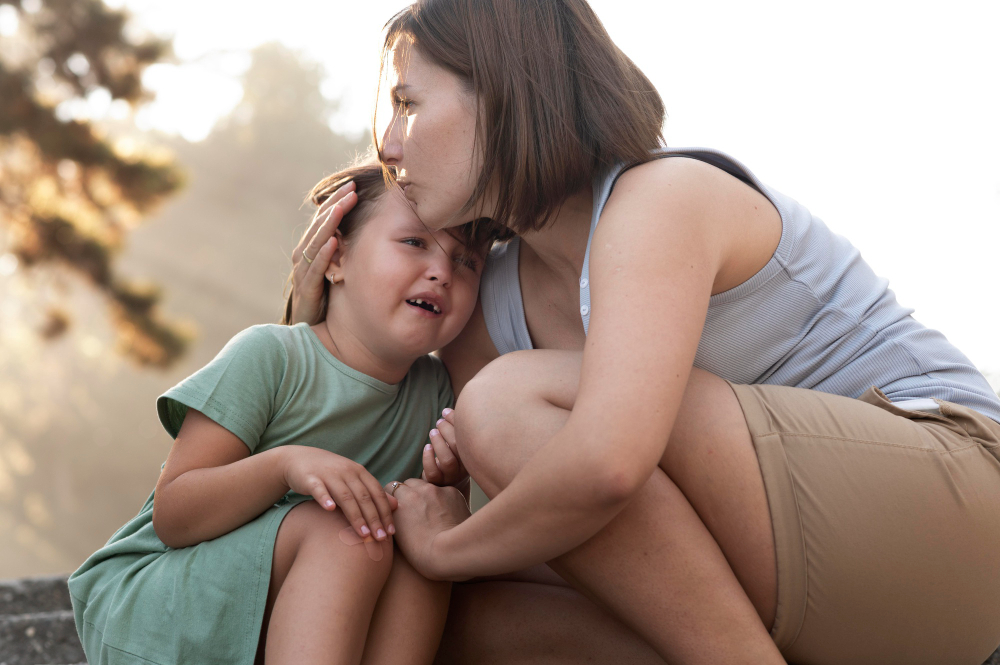Separation Anxiety Disorder (SAD) is considered normal for babies and preschool children to exhibit some anxiety related to separation (real or threatening) from beloved people. And this fear is included in the list of normal fears for children between the ages of 1-5.
During separation anxiety, as a result, cognitive, affective, somatic, and behavioral symptoms come alive.
The symptoms of separation anxiety disorder are first observed when the child experiences a sense of separation from the attachment object, usually a parent or caregiver, but sometimes a favorite toy or familiar place.
Diagnostic Criteria
Developmentally inappropriate and excessive fear or anxiety concerning separation from those to whom the individual is attached, as evidenced by at least three of the following:
- Recurrent excessive distress when anticipating or experiencing separation from home or from major attachment figures
- Persistent and excessive worry about losing major attachment figures or about possible harm to them, such as illness, injury, disasters, or death.
- Persistent and excessive worry about experiencing an untoward event (e.g., getting lost, having an accident, becoming ill, being kidnapped) that causes separation from a major attachment figure.
- Persistent reluctance or refusal to go out, away from home, to school, or elsewhere because of fear of separation.
- Persistent and excessive fear of or reluctance about being alone or without major attachment figures at home or in other settings.
- Persistence reluctance or refusal to sleep away from home or to go to sleep without being near a major attachment figure.
- Repeated nightmares involving the theme of separation.
- Repeated complaints of physical symptoms (e.g., headaches, stomachaches, nausea, vomiting) when separation from major attachment figures occurs or is anticipated.
Key Notes
- Persistent fear, anxiety, or avoidance lasts at least four weeks in children and adolescents.
- The disturbance causes clinically significant distress or impairment in social, academic, occupational, or other important areas of functioning.
- Separation anxiety, which is also exhibited during other physiological disorders such as autism, psychosis, or agoraphobia (agoraphobia is a type of anxiety disorder in which you fear and avoid places or situations that might cause you to panic and make you feel trapped, helpless or embarrassed), and/or generalized anxiety disorder, etc. is excluded.
Children with a separation anxiety disorder may exhibit social withdrawal, apathy, sadness, or difficulty concentrating on work or play when separated from major attachment figures.
Depending on their age, individuals may have fears of animals, monsters, the dark, muggers, burglars, kidnappers, car accidents, plane travel, and other situations that are perceived as presenting a danger to the family or themselves. Separation anxiety disorder in children may lead to school refusal, which in turn may lead to academic difficulties and social isolation.
Children may show anger and aggression toward someone who is forcing separation.
When alone, especially in the evening or in the dark, young children may report unusual perceptual experiences (e.g., seeing people peering into their room, frightening creatures reaching for them, feeling eyes staring at them). Individuals with separation anxiety disorder often limit independent activities away from home or attachment figures (e.g., not going to camp, having difficulty sleeping alone).
Differential Diagnosis
Separation anxiety disorder needs to be differentiated from other disorders-generalized anxiety disorder, panic disorder, agoraphobia, conduct disorder, depressive and bipolar disorder, psychotic disorder, and others. There may be comorbid disorders (the presence of one or more additional conditions often co-occurring with the primary condition).
Treatment
1. Psychosocial Treatments
Separation anxiety disorder (SAD) is treated with individual educational/supportive, cognitive-behavioral psychotherapy combined with parent guidance, behavior modification, and school consultation.
Techniques include limit setting, eliminating secondary gain for staying home, relaxation training, and gradual exposure to increasing lengths of time at school. Homeschooling is contraindicated.
2. Pharmacotherapy
An antidepressant may be added to the treatment of separation anxiety or comorbid mood disorder when psychosocial interventions do not result in a reduction in symptoms and prompt return to school.
Benzodiazepines should be used sparingly and only for a short time if indicated. Severe SAD that results in total avoidance of school and not responding to environmental, psychotherapeutic, and pharmacological interventions may require psychiatric hospitalization.
However, prompt initiation of partial hospitalization treatment can often prevent the need for inpatient hospitalization.
As always, it is important to have an early diagnosis, immediate examination by the psychiatrist, and early intervention. There is no doubt that the role of the caring pediatrician is invaluable.
Hope this helps!
Best regards,
Karine Lyulejyan, Child Psychiatrist, “ArBeS” Healthcare Center




